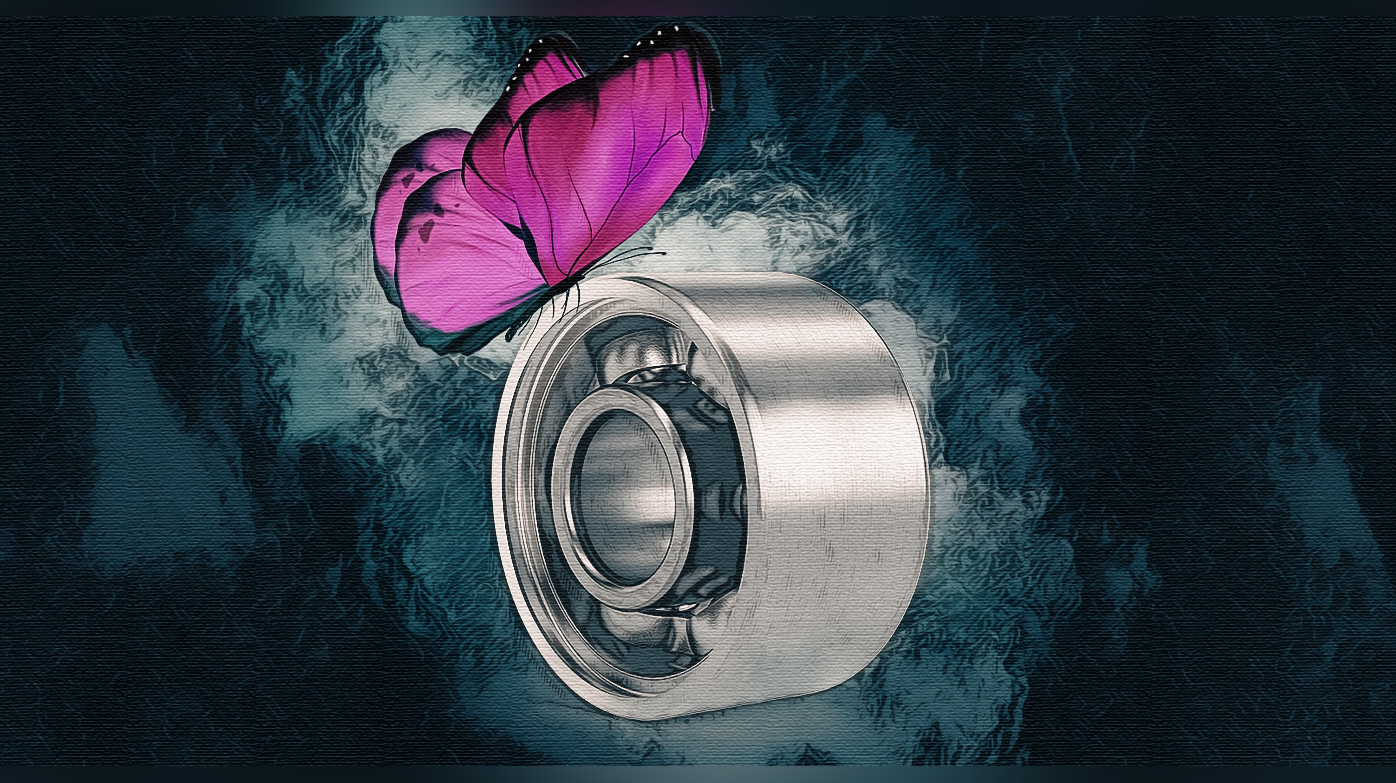Duration: 9 months
This study aims to investigate and model the dynamic behavior of ball bearing cages used in space mechanisms, with the objective of reducing microvibrations at their source. Microvibrations are a critical concern for high-precision payloads, and a port of these disturbances originate from internal dynamic forces within the bearing. Building upon the Butterfly cage concept, originally developed to prevent cage instability by design, this project will explore how such design, and any others, can be further evolved to eliminate unstable regimes but also to expand the domain of stable operation. More particularly, the innovation of this study lies primarily in the discovery and characterization of a “jostled” state, which opens new perspectives for controlling microvibrations at their root cause across all bearing designs, including but not limited to the Butterfly cage.
The study will classify cage motion into three regimes, stable, jostled, and unstable, based on physical indicators such as cage center motion, ball/cage interaction forces, and the resulting force spectrum. The goal in the next phases will be to identify design improvements that reduce the probability of instability, minimize jostling behavior, and increase the stable regime, thereby reducing internal force fluctuations and the microvibrations they produce.
By addressing the problem at the component level, this study supports the development of intrinsically low-disturbance bearing technologies. The findings are expected to inform future bearing designs for space applications and provide a basis for their implementation in missions requiring high precision and stability.

